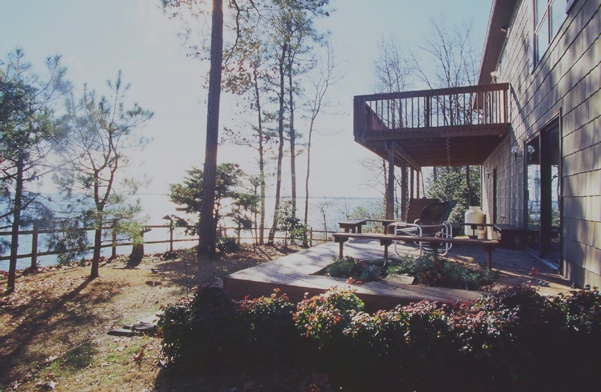Last spring we had a fun and relaxing vacation to the Caribbean island of Antigua in the West Indies.
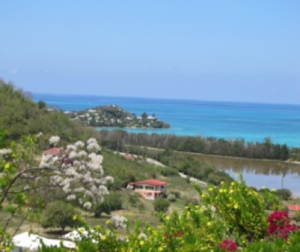
Antigua in the West Indies*
While we have vacationed on other islands in the Caribbean, we had not visited Antigua. It was a very pleasant experience on many count including the fact we could get direct flights from Newark, NJ.
We didn’t chose Antigua as a destination so much as it choose us. We have a timeshare and used the week we “banked” last year for a “vacation exchange.” This is timeshare talk meaning for a low fee we could use our week to go someplace other than to our timeshare. For the exchange to work, we put our name on a list of Caribbean resorts that might be available. We then waited for the exchange company to call us with an offer from a resort available at the time we wanted to go.
A word about timeshares: if you decide to buy one, it is best to buy it in a place you like to visit regularly. Alternatively, if you like to travel and know when and where you want to go, you can play the exchange game. Research timeshares carefully before you go to the “one-hour” presentation. If all these things don’t line up, think twice before buying. Here’s the catch: once you buy, it is yours forever, there is no getting rid of it.
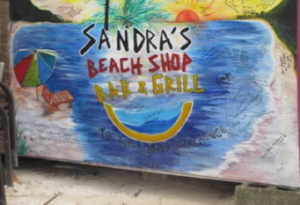
Fun lunch at Jolly Beach bar
We went to Antigua in April when it is less crowded than the middle of winter and easier to do an exchange. The resort was more efficiency apartments than resort, but it was clean and comfortable. By going in April, the water is warmer and in the afternoon, the air and the water are the same temperature — a lovely 80 degrees. We loved splashing in the turquoise blue water and having a mile of beautiful white sand beach. Antigua boosts 365 sand beaches, but we were happy with Jolly Beach on the island’s leeward side with its calm protected water.
The Jolly Harbor area, where we stayed, has several resorts, many privately-owned condos, marinas, a golf course and restaurants ranging from beach shacks and pizza parlors to high end eateries with water views. There is a gourmet grocery with bakery, banks, ATMs, pharmacy, shopping area, art gallery, car and motorbike rental agencies. To get around, we were advised to rent a golf cart – good advice.
Among our activities while visiting was a catamaran trip with about 50 other guests in which we circumnavigated the island. It was an all-day excursion with lunch, snorkeling, swimming and sightseeing to places only the rich and famous live. As with so many places we have visited, the contrast between rich and poor was evident throughout the island whether seeing it by boat or driving in a car.

Bobalicious and my partner
To see more of Antigua, we decided to rent a car – no small feat as the island has kept to its “English” roots with driving on the left-hand side of the road. Since 1981 Antigua has been fully independent, but it is still a constitutional monarchy with Queen Elizabeth II as Queen of Antigua. That might account for the number of Canadians who were visiting.
In addition to its many beautiful beaches, Antigua has something else in common with other places we have visited – friendly, helpful people. The first day we were there, we met Bobalicious, a grandmother who sells curios, jewelry and island clothing at her stand on Jolly Beach. She makes beautiful island jewelry using shells and semiprecious stones. She even altered a shirt for my partner and went out of her way to get me some special island souvenirs: a muscle tee shirt with skull and crossbones for my oldest grandson and a frog beach towel for my younger guy.

Archer making palm basket
Another person we met on Jolly Beach was Archer, a talented fellow plying his craft using palm fronds to weave hats and bowls. It was excited to see his handiwork which I first saw long ago on Waikiki Beach while visiting Hawaii. I didn’t meet Archer until the day we were leaving. By then I’d spent my discretionary cash, but he saw my enthusiasm and made me a bowl as I watched. He trusted I’d get him his money. His comment when I did, “I knew you’d be back.”

Nice place to dock your boat
We were at the resort for our “exchange week,” but had decided before we went we would stay for a second week in a condo on Jolly Harbor. Of the two, we enjoyed the condo most. We rented the condo from a British Columbian couple who consider Antigua their second home. The condos all have boat docks off the back patios where owners moor their boats which range from sailfish to yachts.
If you enjoy beautiful white sand beaches, gorgeous flora, warm turquoise water and food for every taste with resorts ranging from family-friendly to romantic getaways, add Antigua to your vacation list.

Sunset over Jolly Harbor with island of St. Kitts in distance
Oh, and did I mention the glorious sunsets. Adieu or as they say in Antigua, “lay-taa.”
*Photos by Marcia Seifert
The Takeaway: Some take vacations to relieve stress or get away from the grind of everyday life. One is fortunate when a vacation is strictly for pleasure, especially when you find yourself in an idyllic place with sun, sea, surf, beautiful vistas and warm, gracious people. Have you been privileged to have such a travel experience? Share it and let’s start a conversation. Please include your name and email address or phone number so I may contact you if I have a question. I will not publish your name. Contact me at [email protected]


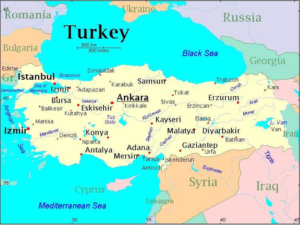

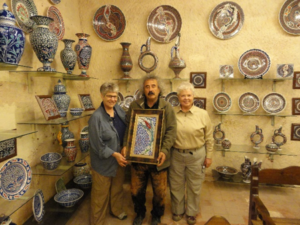


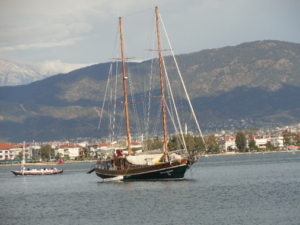
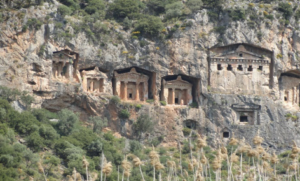
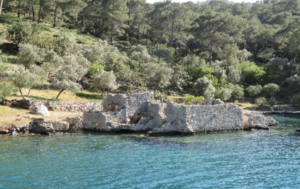

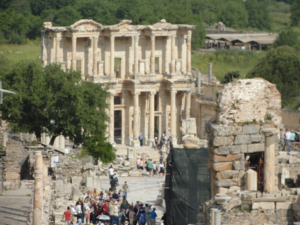
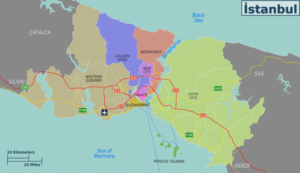 We stayed at a small hotel on the edge Istanbul’ Old City, a walled area basically Constantinople in days of old. While we took buses to major tourist sites, we could have walked to many of them. One outing was by boat, a cruise on the Bosphorus, the world’s narrowest, natural strait. This busy passage is used for
We stayed at a small hotel on the edge Istanbul’ Old City, a walled area basically Constantinople in days of old. While we took buses to major tourist sites, we could have walked to many of them. One outing was by boat, a cruise on the Bosphorus, the world’s narrowest, natural strait. This busy passage is used for 
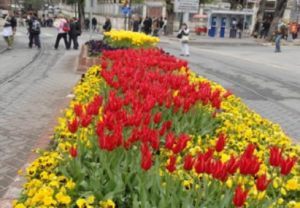


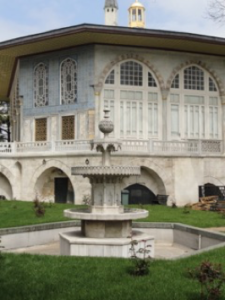
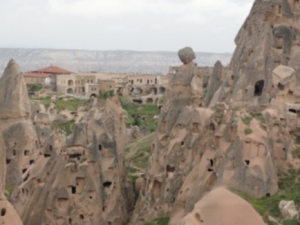



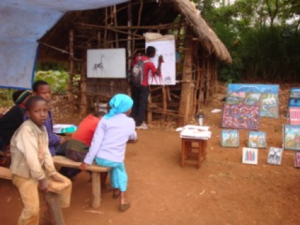
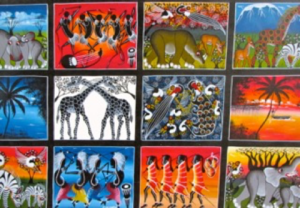
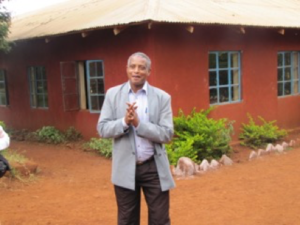

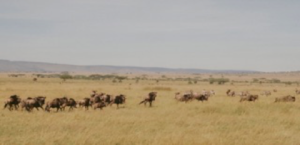




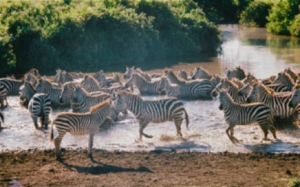
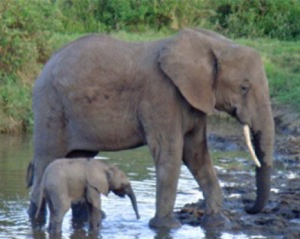





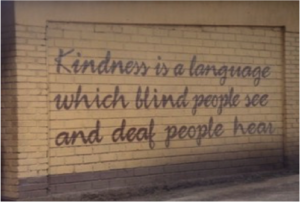
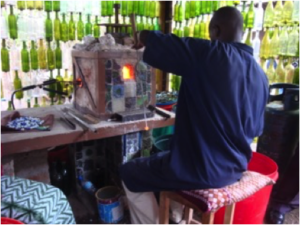


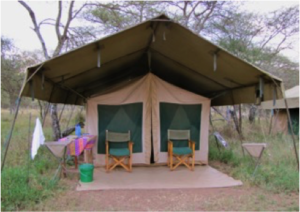 Our “tent camp” was in a designated Serengeti camping area used by OAT during their five-month “safari season.” Our tent was large and well-equipped for two people. It included a table, two chairs and cots that were more like real beds than cots.
Our “tent camp” was in a designated Serengeti camping area used by OAT during their five-month “safari season.” Our tent was large and well-equipped for two people. It included a table, two chairs and cots that were more like real beds than cots.
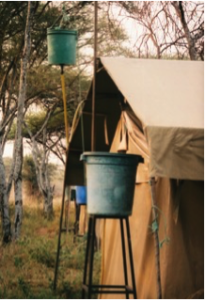
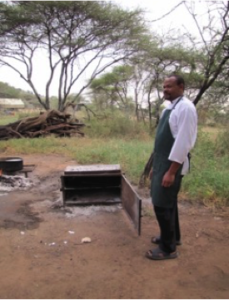



 Mim would babysit with my children who adored her. She always acted like we were doing her a favor. She would walk in with funny kid gifts and get down on the floor to play Yahtzee and other games with the children. She was part of our family at family events including our daughter’s naming ceremony, the children’s bar and bat mitzvahs and my oldest son’s wedding.
Mim would babysit with my children who adored her. She always acted like we were doing her a favor. She would walk in with funny kid gifts and get down on the floor to play Yahtzee and other games with the children. She was part of our family at family events including our daughter’s naming ceremony, the children’s bar and bat mitzvahs and my oldest son’s wedding.

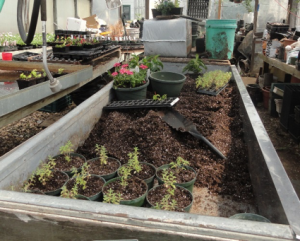
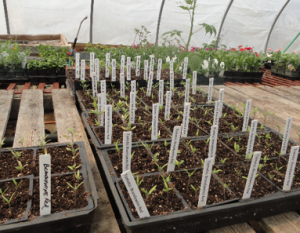



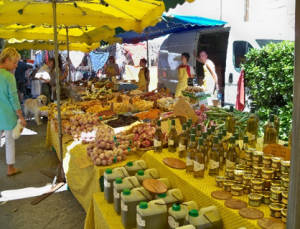
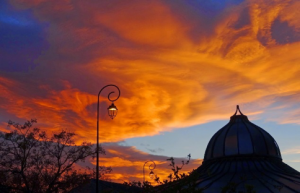
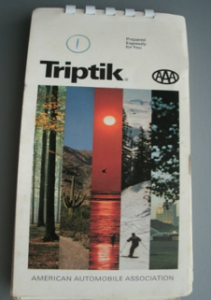
 One day while driving on the Blue Ridge Parkway, we took a wrong turn. My folks didn’t know it until we ended up in Gatlinburg, Tennessee. That was long before it was “discovered” and a tourist trap. What a fun stop.
One day while driving on the Blue Ridge Parkway, we took a wrong turn. My folks didn’t know it until we ended up in Gatlinburg, Tennessee. That was long before it was “discovered” and a tourist trap. What a fun stop.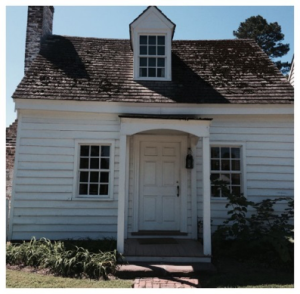




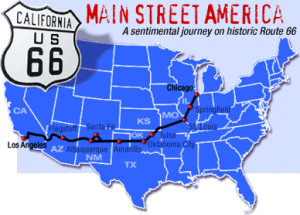 It was the early 1950s, before Interstate highways crisscrossed the country and gave all major roadways the look of “sameness.” There were no McDonald’s, Dunkin Donuts or Holiday Inns. It was the heyday of Route 66s and California’s beautiful Pacific Coast Highway 101.
It was the early 1950s, before Interstate highways crisscrossed the country and gave all major roadways the look of “sameness.” There were no McDonald’s, Dunkin Donuts or Holiday Inns. It was the heyday of Route 66s and California’s beautiful Pacific Coast Highway 101. If we hadn’t reached a specific destination, we would drive until late afternoon. Around 5 p.m., we’d start looking for a motor inn, usually located on the highway. Back then, motor inns were not called motels. Most inns were one story buildings built in an L or wide U shape with parking in front of the rooms.
If we hadn’t reached a specific destination, we would drive until late afternoon. Around 5 p.m., we’d start looking for a motor inn, usually located on the highway. Back then, motor inns were not called motels. Most inns were one story buildings built in an L or wide U shape with parking in front of the rooms. In the 1950s, cars were not air-conditioned. When we vacationed in California or other states in the West, we would drive over 500 miles the first day. We’d stay overnight in Las Cruz, New Mexico, just over the Texas border from El Paso.
In the 1950s, cars were not air-conditioned. When we vacationed in California or other states in the West, we would drive over 500 miles the first day. We’d stay overnight in Las Cruz, New Mexico, just over the Texas border from El Paso. While driving was not as safe as it is today, those were more innocent days. Driving in the 1950s was a very freeing experience. No seat belts or safety carseats for kids, let alone laws requiring them.
While driving was not as safe as it is today, those were more innocent days. Driving in the 1950s was a very freeing experience. No seat belts or safety carseats for kids, let alone laws requiring them.

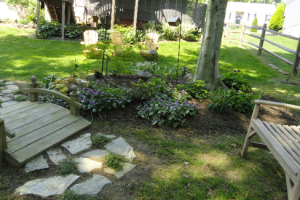


 The buyout was a comedy of errors from how FEMA and the state did their part of the project to how the county managed it. While we were losing our homes, we got double talk from the government. The buyout was not completed until May 2013 – fifteen months after we were first informed. As for one, we had to pay two mortgages for nearly a year.
The buyout was a comedy of errors from how FEMA and the state did their part of the project to how the county managed it. While we were losing our homes, we got double talk from the government. The buyout was not completed until May 2013 – fifteen months after we were first informed. As for one, we had to pay two mortgages for nearly a year.

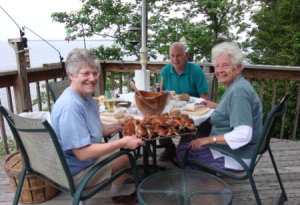

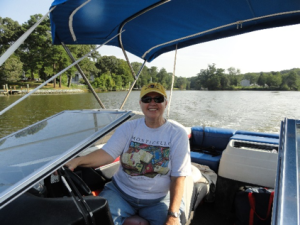

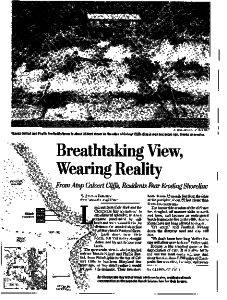


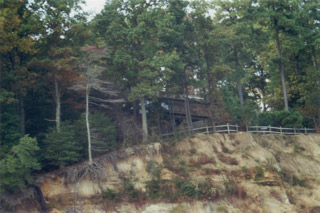


 When we went back to Philadelphia, we owned a home on the Bay. We used it as a vacation rental for the four years from 2000 to 2004.
When we went back to Philadelphia, we owned a home on the Bay. We used it as a vacation rental for the four years from 2000 to 2004.
